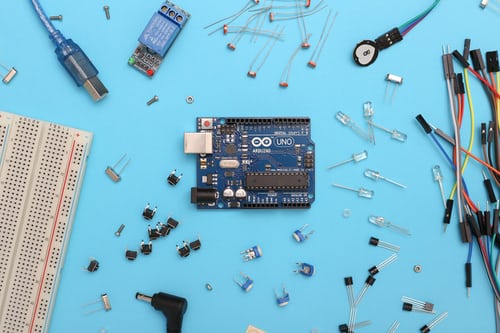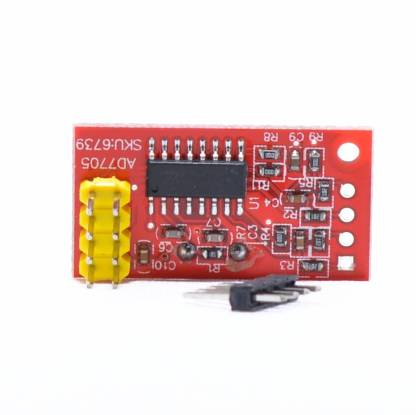1. What is a/d, d/a conversion:
With the rapid development and popularization of digital technology, especially information technology, in the fields of modern control, communication, and detection, in order to improve the performance index of the system, digital computer technology is widely used for signal processing. Since the actual objects of the system are often some analog quantities (such as temperature, pressure, displacement, images, etc.), in order for a computer or digital instrument to recognize and process these signals, these analog signals must first be converted into digital signals; The digital quantities output after analysis and processing often need to be converted into corresponding analog signals before they can be accepted by the actuator. Thus, there is a need for a circuit that can bridge between analog and digital signals — analog-to-digital converters and digital-to-analog converters.
A circuit that converts an analog signal into a digital signal is called an analog-to-digital converter (abbreviated as a/d converter or ADC, analog to digital converter); a circuit that converts a digital signal into an analog signal is called a digital-to-analog converter (abbreviated as d). /a converter or DAC, digital to analog converter); a/d converter and d/a converter have become indispensable in information systems. The /d converter and the d/a converter must have sufficient conversion accuracy; if the real-time control and detection of fast-changing signals are to be realized, the a/d and d/a converters also require high conversion speed. Conversion accuracy and conversion speed are important technical indicators to measure a/d and d/a converters. With the development of integrated technology, many monolithic and hybrid integrated a/d and d/a converters have been developed and produced, and they have more and more advanced technical indicators.
2. Relevant performance parameters of d/a and a/d converters:
A d/a converter is a linear circuit device that converts digital quantities into analog quantities and has been made into integrated chips. Due to the difference in the principle, circuit structure and process technology for realizing this conversion, various d/a converters appear. At present, there are hundreds of products sold in foreign markets, and they all have their own characteristics in conversion speed, conversion accuracy, resolution, and use-value.
The main parameters of the d/a converter:
The main parameters to measure the performance of a d/a converter are:
(1) Resolution
It refers to the number of bits of binary numbers that the d/a converter can convert, and the higher the number of bits, the higher the resolution.
(2) Conversion time
Refers to the time required for the digital input to complete the conversion and the output to reach its final value and stabilize. The current-mode d/a conversion is faster, generally between several ns and several hundreds of ns. Voltage-based d/a conversions are slower and depend on the op amp's response time.
(3) Accuracy
Refers to the error between the actual output voltage of the d/a converter and the theoretical value. Generally, the least significant bit of the digital quantity is used as the measurement unit.
(4) Linearity
When the digital quantity changes, the degree to which the analog quantity output by the d/a converter changes proportionally. The ideal d/a converter is linear, but there is actually an error, and the maximum value of the analog output deviating from the ideal output is called the linearity error.



No comments yet